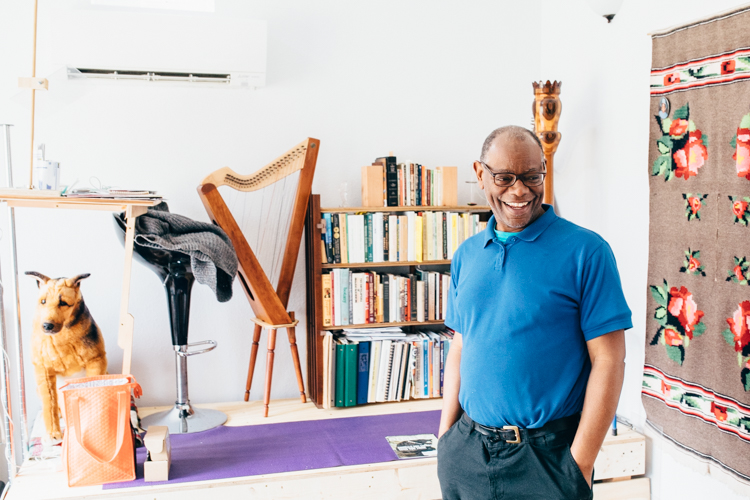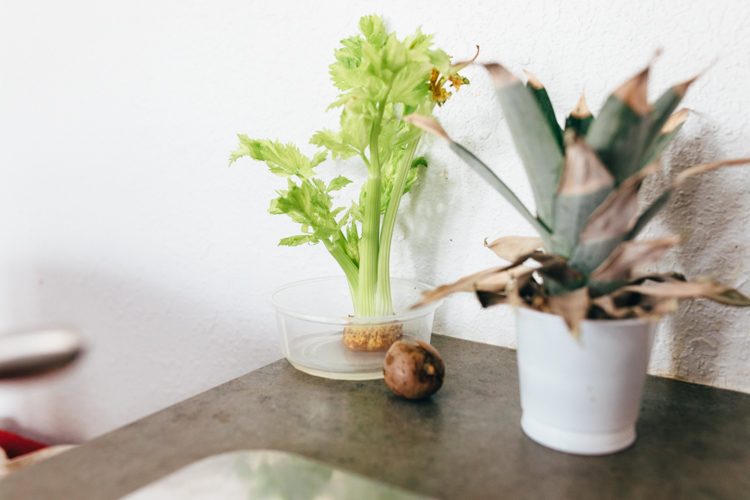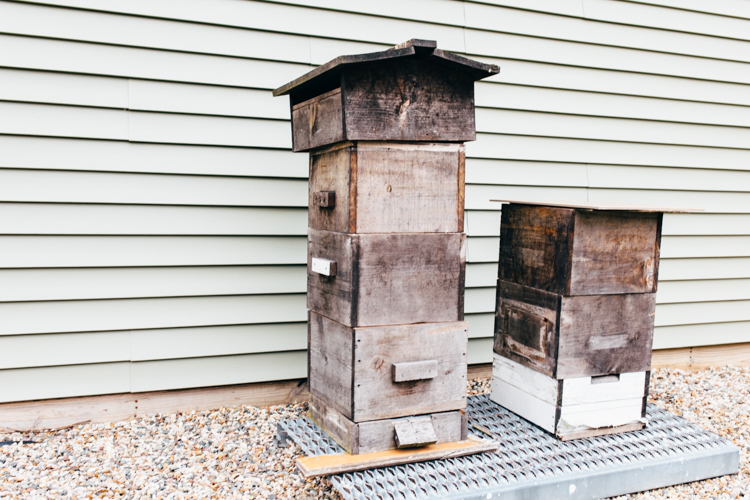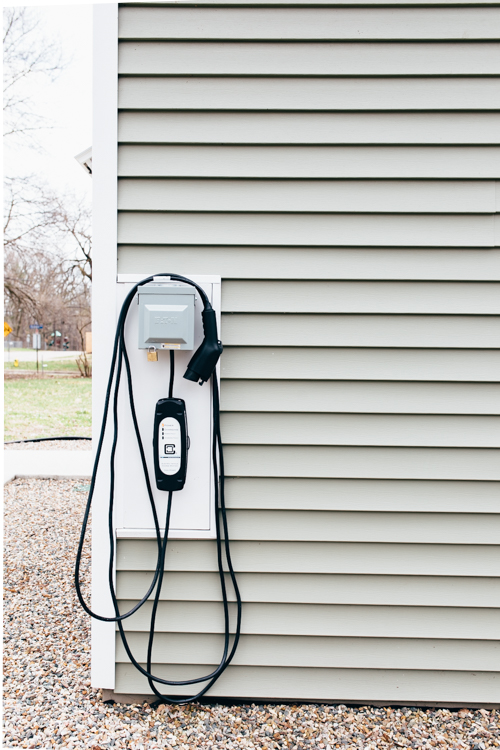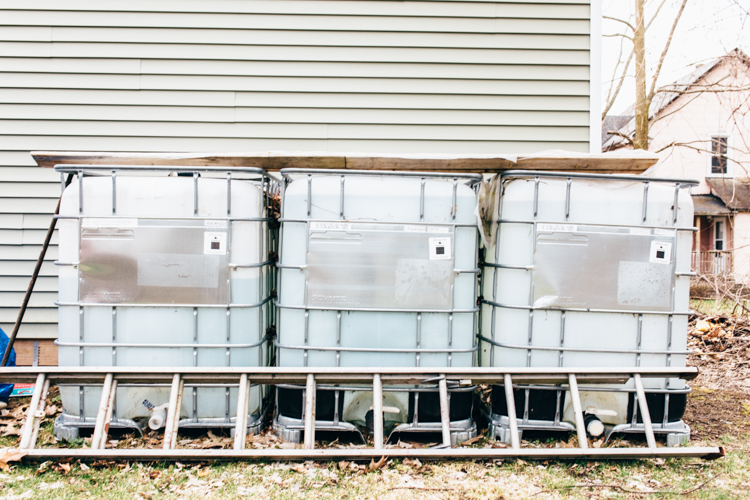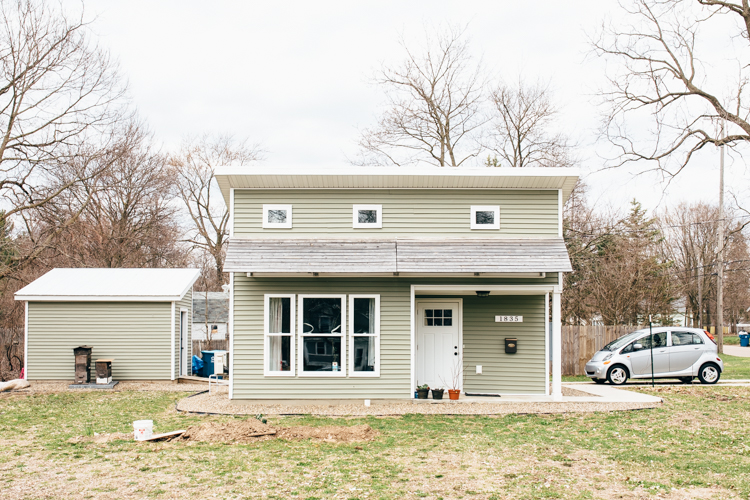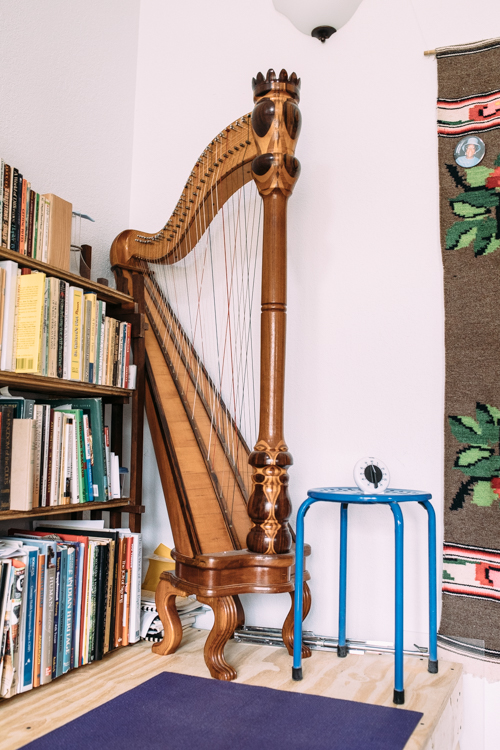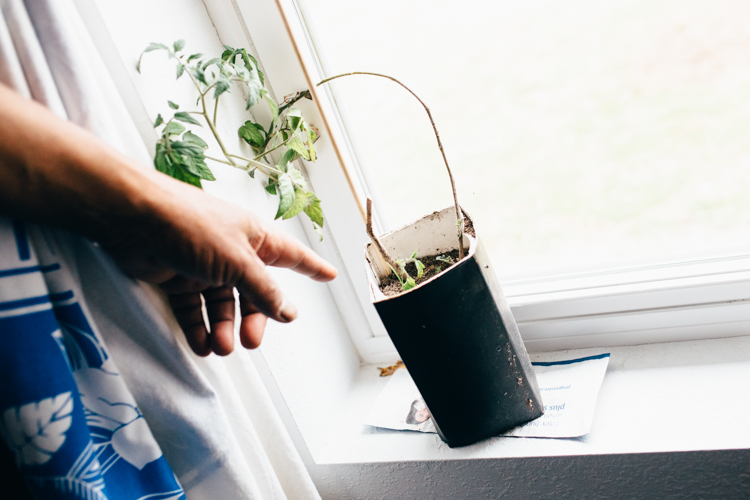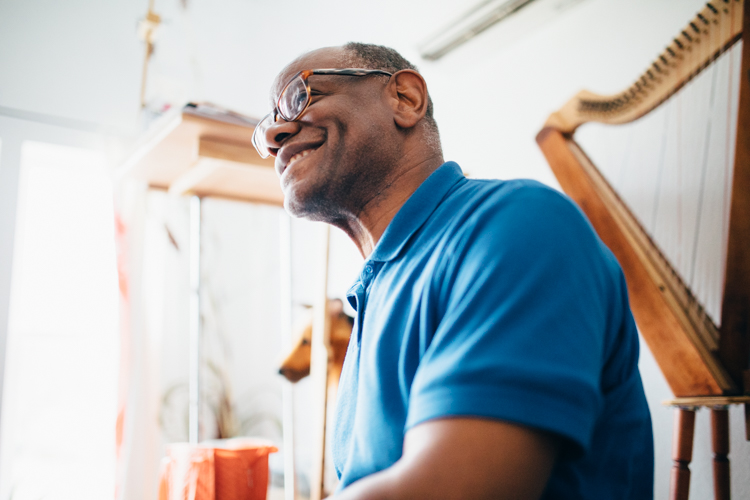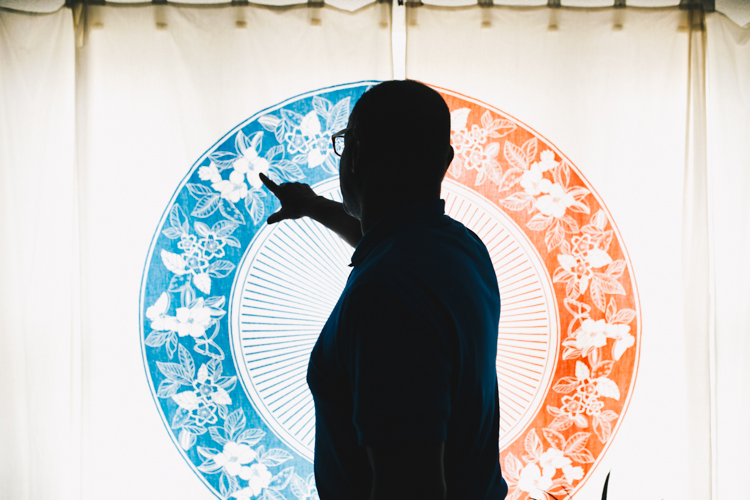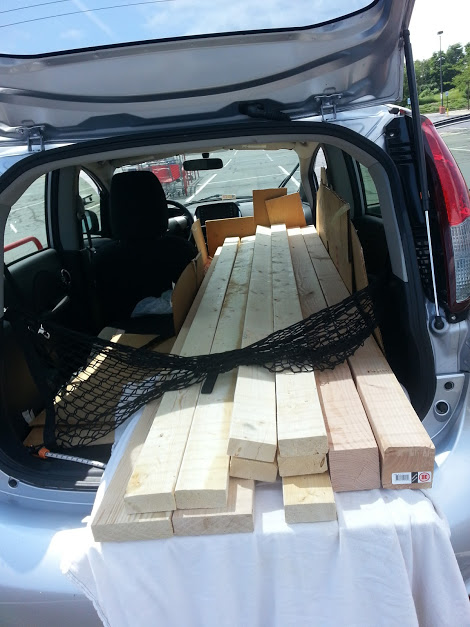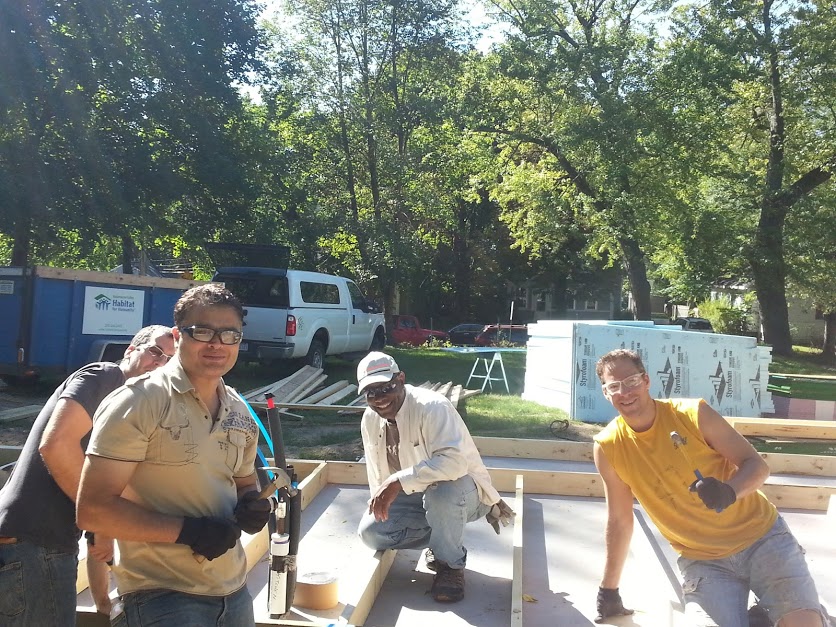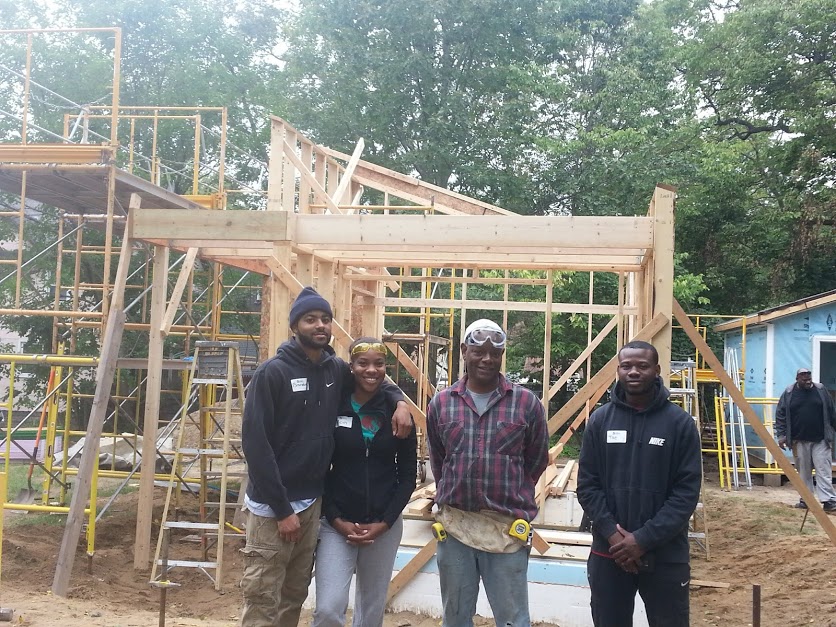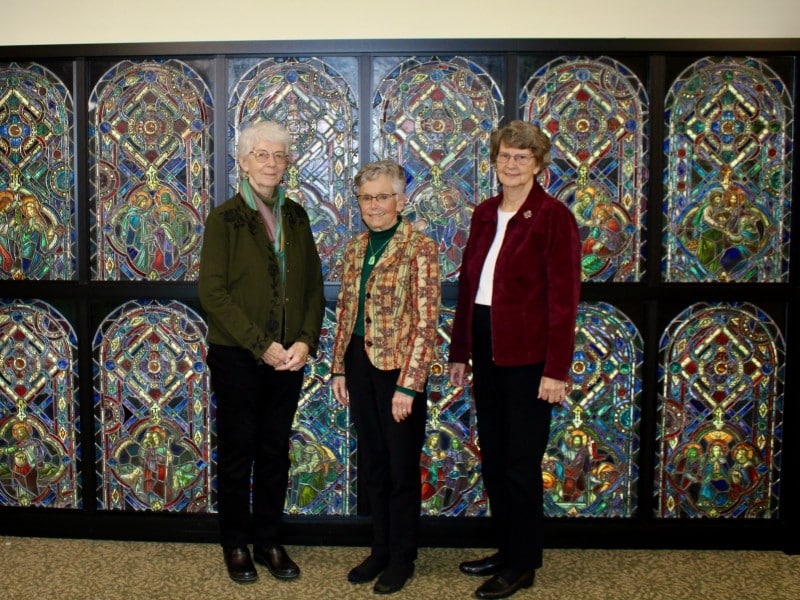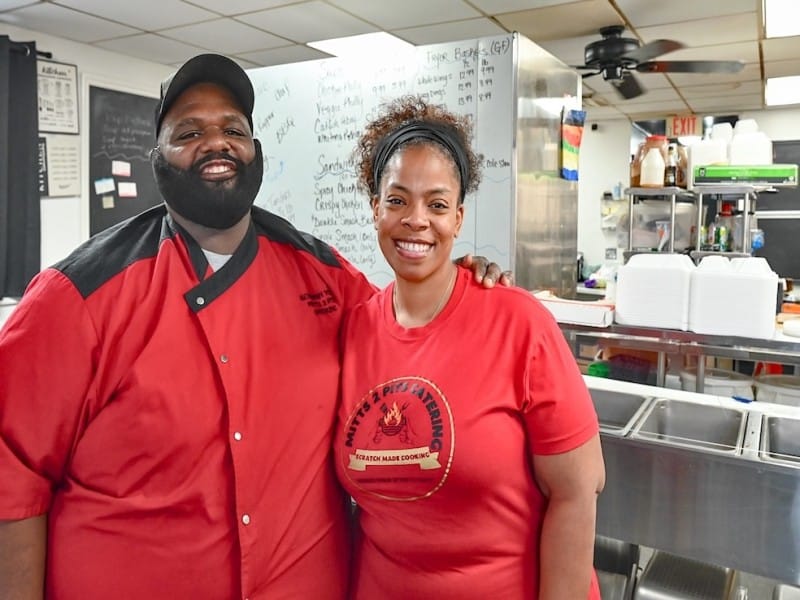Ben Brown’s Eastside tiny house experiment paves the way for future Kalamazoo small homes
For so many years Ben Brown had a dream of a tiny house. Making that dream come true has made it attainable for others in Kalamazoo.
Editor’s note: This story is part of Southwest Michigan Second Wave’s On the Ground Eastside series.
Someone had to do it.
Ben Brown was thrilled to be that person.
After 40 years of living with others in rooms that were smaller than his current 250-square foot house, Brown began exploring ways to build his own tiny dream home. The structure had to be spacious enough to accommodate his two harps, light enough to over-winter his heirloom Harbinger tomatoes and “pineapple babies,” and on a lot large and sunny enough to be the farmer he was raised to be by his farming parents.
When the plans finally came together in 2017, with the help of Habitat for Humanity, Brown’s house became the first legal tiny house built in Kalamazoo County. That is, if you don’t count other older structures, like those around Henderson Castle, that originally started as small homes but then added on, according to Brown.
“For the past 40 years, I lived with other people. I’ve been their guest,” says Brown a library aide at the Oshtemo branch of the Kalamazoo Public Library. “I began dreaming of a tiny house. I’ve been thinking about it for the last 20 years in terms of design.”
Brown wanted a place to call his own, a place where he could pursue his passions (permaculture, sustainability, energy conservation, knitting on a machine, beekeeping, and music) without asking permission or feeling like he was intruding on someone’s peace or space. He wanted to have a place where he could play his cross-strung harp whenever he felt like it.
Now in his tiny house on Charles Street for nearly two years, Brown says he’s finally getting a sense and rhythm of being in his own place. “I didn’t have a place in my mind for how to live on my own,” he says, adding his living choices have been informed by constantly asking himself, “What is most essential?”
And he’s impacting his chosen Eastside neighborhood as a model of stewardship and experimentation. Brown is a testament that you don’t have to live inside a big box, say a 2,500 square foot house, the average American-sized home for a family of four. You can live in a small box, and live outside it at the same time.
More with Less
When Brown first approached Habitat for Humanity about the possibility of a small build, he was met with some hesitation. Habitat had never built a tiny house before, but Tom Tishler, Habitat’s Director of Construction Operations, says he was intrigued. Brown qualified for the program and “The fun began,” says Tishler.
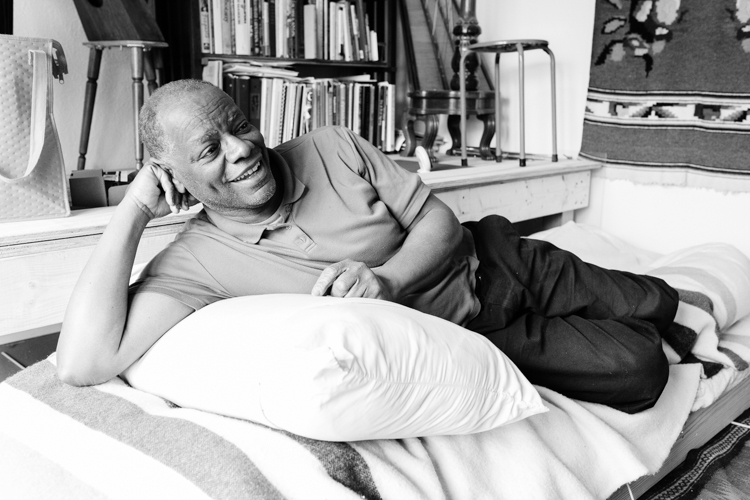
Each stage of construction required special permits. Banks and the city needed further information about aspects of the design, says Brown. “There were some long, drawn-out procedures. Some people weren’t even sure it was allowed,” says Brown. “Hopefully, from here on out, it will be easier for someone to build a tiny home.”
“We found that the biggest challenge was whenever you attach a house to the ground, it has to meet building code. In a very tiny house, it gets harder and harder to meet code,” says Tishler. “There are certain requirements for minimum distances and minimum room sizes.” These accommodations add to the construction time and can drive up the cost.
“There’s a lot of magazines out there saying you can build a tiny house for $10,000,” says Tishler. “Just getting the land ready, and the sewer and the hookups were $10,000.”
Still, when all was said and done, Brown’s tiny house situated on a nearly half acre corner lot on Charles Street cost approximately half of one of Habitat’s typical, 1,000-square foot builds. And it’s extremely energy-efficient, says Tishler.
For Brown, living in a tiny house that he helped to build is all about vantage points and optical illusions. The cathedral ceilings give an impression of space, and the south-facing windows offer plenty of light. Three small high windows, which Brown calls “The Three Sisters,” a tribute to a Native American inspiration in his childhood, provide his own personal “light show.”
Brown makes use of his house’s small size by using different elevations to have various views. Technically just one room, except for the bathroom, a high loft, currently used for storage, could accommodate a sleeping person and can be reached by ladder.
From his standing desk which sits atop his trundle bed, you can see the loft, and the ample windows make him feel like he is living in “a sundial,” he says.
Solar oven, Japanese Soaking Tub, induction stove, Oh my!
An avid reader, Brown gravitates towards minimalism and multi-purposing. He has a high-efficiency freezer, a drawer refrigerator, thermal mass floor, an induction stove, and is in the process of building a Japanese Soaking Tub, a deep tub with a small bench designed to replicate a spa experience and conserve space. In the summer, he cooks outside with a solar oven.
A small loft, designed for a bed, currently serves as an out of sight storage area. His trundle bed doubles as a workspace for his standing desk and harp studio.
One of his former careers was as a rock-and-roll cross strung harpist, a musical skill he cultivated when he lost coordination and speech because of reaction to insecticides for which he had to undergo extensive detoxification and rehabilitation. “I fed myself playing harp for a long time,” he says. “It was the highlight of my life.”
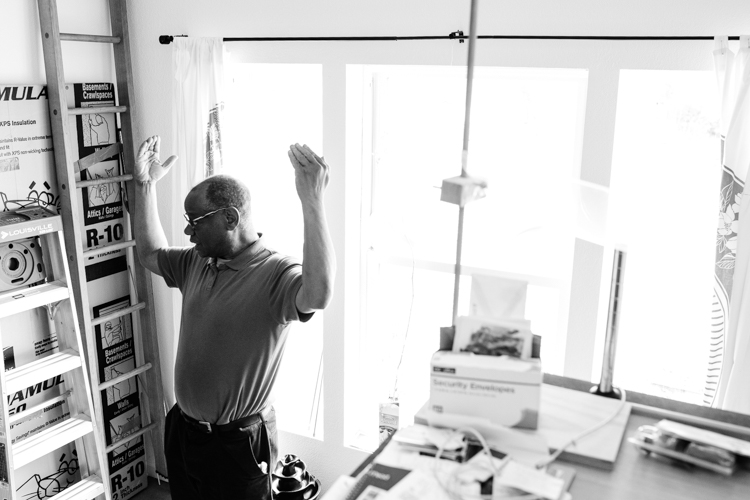
His metal roof, slanted to optimize the collection of rainwater, helps him gather nearly 7,000 gallons in rain barrels a year, more than enough to water his fledgling permaculture garden.
When Brown leaves his house, he takes his small house mentality with him by driving his Mitsubishi i-MiEV, a tiny plug-in electric car with an outside charging port. If he wanted to, he could plug it into a standard electric outlet and charge it overnight.
“A lot of things I’ve done are reinforced from the idea of not taking from other environments, by producing rather than consuming.”
Beckoned to the Eastside to reconnect
Over the years, Brown lived in many houses, often on the West Main Hill or Vine neighborhoods. Most of his friends were white. He became aware of a longing to be around other black people. “Being an exemplary Black person, I wanted not to have to be ‘on’ whenever the neighbors saw me,” says Brown. “I wanted to know what it was like to live among other Black people. That is why I chose the mixed neighborhood on the Eastside. That one thing was really baked into my heart.”
So the Eastside became a natural choice and finding a nearly one-half acre open and buildable lot sealed the deal. One realization he’s had in his two years on Charles Street, he says, is “there’s so much genius in this community.
“I have found people to be very neighborly, very kind and very diverse. Because there are so many different types of people, you learn a lot more than if everyone was cookie cutter.”
He cites neighbors who are an auto mechanic, a nurse, a teen cellist, a blind woodworker, and a neighbor who built craftsmen-style-furniture. A recycled piece serves as a bookshelf in Brown’s tiny home.
“There’s tragedy here, too, and it’s much more visible,” Brown says. “It’s not because they’re poor that crimes happen. It’s because they’re human. There’s tragedy and triumph.”
Brown himself has a diverse cultural heritage. His family, particularly his mother, was influenced by a Japanese couple who were mentors to her and by the earth-honoring traditions of Native Americans. All of these influences are represented in his tiny house—his mother’s serape, made when she grew up in Texas, a Japanese motif window covering, and Native American inspired art.
“My mom’s tradition was as a peacekeeper of different races,” says Brown. “These things help me ground myself to who I am. Because sometimes I want to think I’m a great person, and I look around and remember that I am.”
Farmer Brown: Homesteading on Charles Street
Brown’s neighbors don’t always know what to think of him, but Brown says he doesn’t mind.
“You’re terrified of what you don’t know,” he says.
Some of his neighbors expressed apprehension about his beehives, but Brown reassured them. He says he himself has an allergy to bee stings and always carries an EpiPen. He never opens the hive without properly smoking them first and hasn’t had any trouble.
He says he was warned not to plant a garden because the neighbor kids would eat all of his produce. Sadly, he knows of a couple of children down the street who are food insecure. But that hasn’t stopped him from planting grapes, honeyberries, mulberry and fig trees, rhubarb and asparagus, in addition to heritage tomatoes. So far, he says, no one has helped themselves to the harvest without his permission.
“It’s wonderful and beautiful to be productive,” says Brown, who believes not just in cultivating the earth, but in cultivating himself, which he says he has time to do with his part-time job and low overhead. “Because you save money, you can invest in your community,” says Brown.

Farming is in his blood, says Brown, who grew up on a farm near South Haven in an African American agricultural community. His parents were “from the Depression era” and valued nature and creation. “They taught me to use resources judiciously, not like they are disposable,” says Brown.
Intrigued with intensive gardening and permaculture, which replicates natural ecosystems in order to help produce low-maintenance food, Brown uses double-digging, which helps reduce over-tilling.
Experimentation can also result in failure, which Brown, drawn to the unconventional, takes in stride.
A little overzealous with a desire to trap some solar energy from his south-facing windows, he ended up melting the weather stripping, which curls around the frames, awaiting replacement.
Looking around his tiny home, Brown is clearly satisfied. He says from his standing desk atop his bed trundle, he gets an entirely new view and feels like his head is in the trees. A few of the modular pieces, like his trundle bed, are still works in progress, as is the Japanese Soaking Tub.
“It’s either way too big or way too small,” says Brown, laughing. “When there’s two or three construction projects going on, it’s way too small. When I don’t have anything going on, it feels like the Grand Canyon with the skylights up top.”
Brown feels like he’s at the beginning of his tiny house journey. Conceived as a mirror image, the house was designed to be added on to if the need arises, which might occur someday as Brown foresees bequeathing it to his nieces and nephews.
“For me, it’s been beyond, beyond belief,” says Brown of life in his big, tiny world. “Every time I take a breath, I’m so grateful.”
Photos by Eric Hennig, VAGUE photography unless otherwise indicated.

